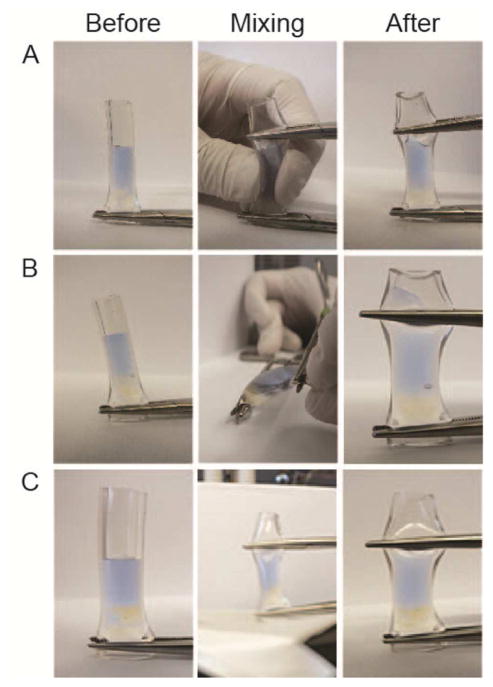Figure 1. CTXII in OA-affected and contralateral joints as measured by magnetic capture and lavage.
In lavage, CTXII concentration was elevated in MMT-operated knees relative to contralateral knees at 1 week (p=0.002), but lavage did not identify significant changes in CTXII at week 4 (p=1.000). In magnetic capture, no significant difference was observed at 1 week (p=1.000), but a significant increase was found in the OA-affected joint relative to the contralateral joint at 4 weeks (p = 0.016). Serum did not show changes in CTXII levels relative to historical values from rats of a similar age from our group [9]. While magnetic capture did not detect significant elevation of CTXII at week 1, five of the six rats assessed via magnetic capture had higher CTXII levels in the OA-affected joint relative to the contralateral limb. Moreover, one point in the contralateral knee in the magnetic capture group in Week 1 was identified as a potential outlier, well outside the 1.5x interquartile range fence. No differences were observed in CTXII levels between 1 week and 4 week in either the lavage or magnetic capture cohorts. Statistical differences between groups in CTXII were assessed via a 1-way nonparametric Kruskal Wallis ANOVA with a protected Mann-Whitney U post-hoc test (a statistical test of the differences between medians). Data are presented as a scatterplot, with a line indicating the median value.

